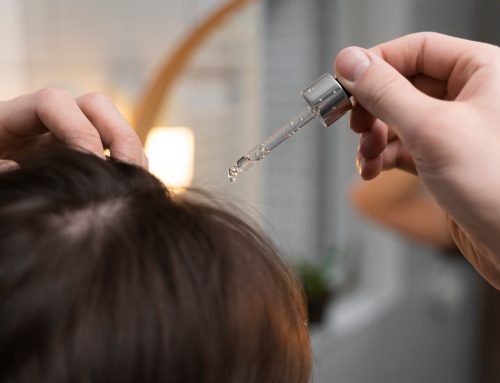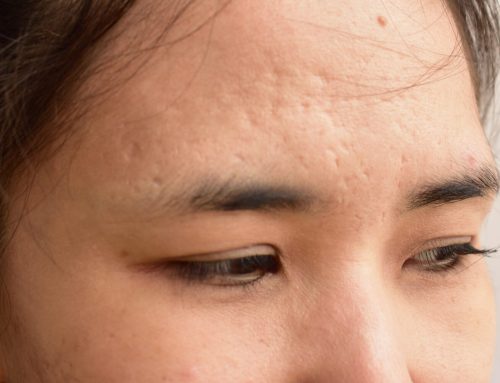This past year, a new hairstyle has become fashionable on social media, and many celebrities have been part of this trend: the ‘clean look’.
This hairstyle, which aims to give a clean look, is characterised by pulling the hair tightly back and applying fixative products such as hair gel, hairspray, gel or wax. While these products are not a problem for the hair, what is a problem is the styling itself, which can cause what is medically called tractional alopecia.
What is tractional alopecia?
‘It is a type of alopecia that appears on the front or lateral margin of the scalp as a result of repeated use of tight ponytails or hairstyles, or certain garments or devices that induce compression on the scalp’ (Remind Hair, 2024)
When we make the diagnosis in the clinic using the trichoscope, this alopecia is usually shown with broken and short hairs, with some black spots, and a reduction in hair density.
What happens is that the habitual use of this hairstyle damages the hair itself and even its root, the hair follicle, causing the latter to weaken until it causes hair loss which, if not treated in time, can become irreversible.
How can this type of alopecia be prevented and what is the solution?
We can tell that our hair has been too tight when we feel relief when we let our hair down, itching in the front area of the scalp, irritation… The best thing to do is, after all, if we tie our hair up, make it looser, and use hair ties that do not cause so much damage (such as fabric or spiral hair ties).
When hair loss is already noticeable in the frontal area of the scalp, another solution is needed: medical treatments to restore the hair. These are based on the infiltration of medication, growth factors, laser therapy and even oral supplements prescribed by the specialist.
If you are concerned about the health of your hair, or if you have unusual hair loss, you can consult a trichologist dermatologist to determine whether it really is this type of alopecia or another, and to proceed with the most appropriate hair treatment to solve it.



